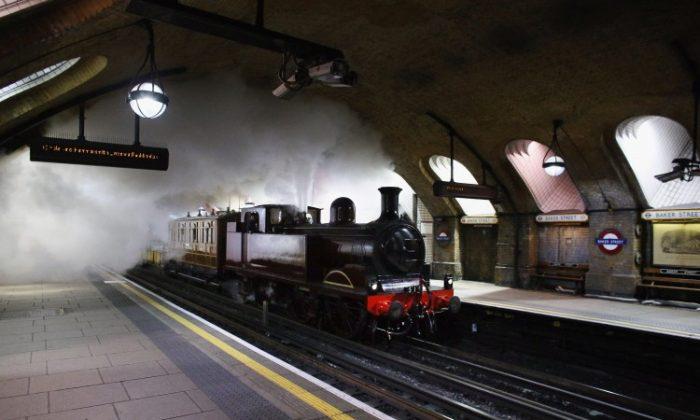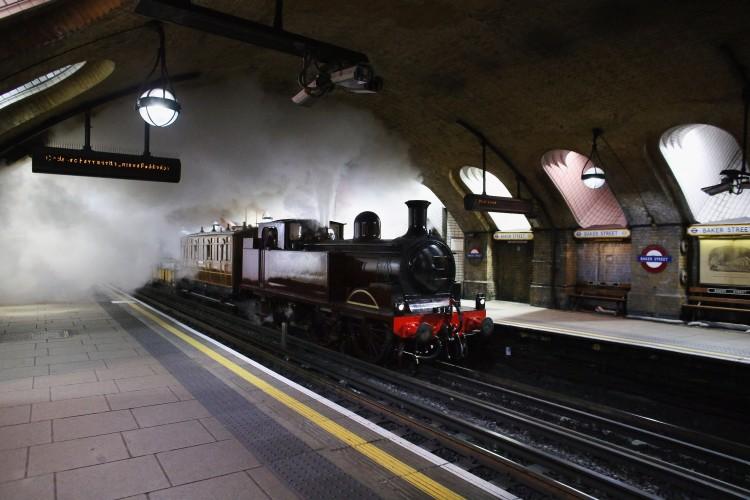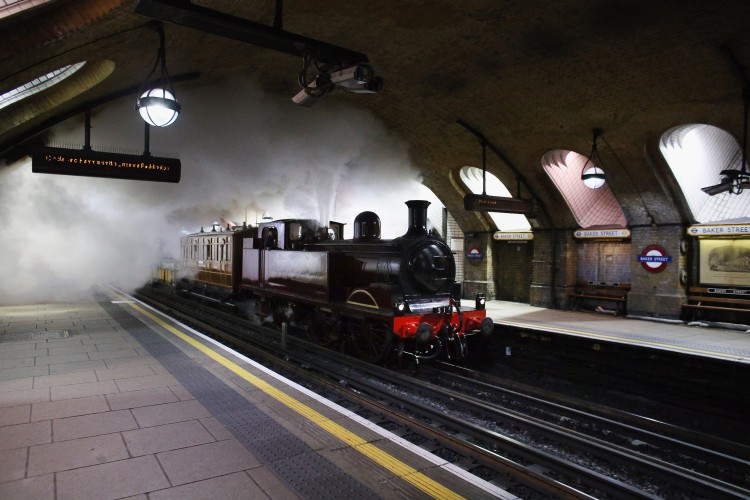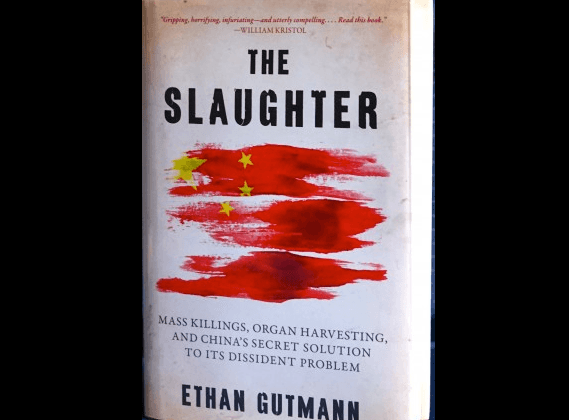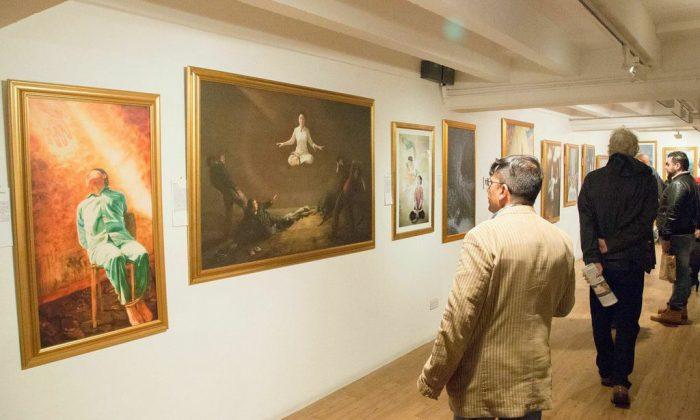Pundits are asking why the London Mayor and the local government body responsible for most of the Greater London transport system are giving confusing dates for the start of the London Underground.
Boris Johnson and Transport for London (TfL) have this year put January 9 as the official celebratory day of the first Tube ride 150 years ago. This is the date when VIPs travelled in the steam train through newly excavated tunnels from Bishop’s Road, Paddington, to Farringdon Station in 1863.
“Why TfL has chosen to celebrate a bigwigs’ booze up rather than the real opening of the world’s first mass transit system is something of a mystery,” says travel expert Christian Wolmar on his website.
Wolmar, author of The Subterranean Railway, How the Underground Changed London, says: “There was, indeed, a train with MPs and dignitaries, and a banquet at Farringdon Station, on January 9th 1863, but the official opening was the following day when more than 30,000 Londoners travelled, for free.”
This change of emphasis seems to have started after 2007. Liam Gillick, a Turner Prize finalist, redesigned the London Underground pocket Tube map in that year. On the cover was the date Friday, January 9, 1863 written as one word in lowercase with no spacing (“fridayjanuarythenintheighteeensixtythree”) in 12 sets of different coloured letters symbolising the 12 lines of the Tube network.
Gillick’s work was titled “The Day Before” and the promotion for it told that “The design shows the words of the date of the last day in London without London’s famous Underground network: Friday, 9 January 1863.
“London Underground commenced services the following day on 10 January 1863 between Paddington and Farringdon.”
This and previous declarations by TfL and its predecessors of January 10 as the opening of the Underground is documented by blogger Diamond Geezer on the web.
Anomalies concerning the dates, such as the present official TfL “milestones” still stating, “The Metropolitan Railway opened the world’s first underground railway on 10 January between Paddington (Bishop’s Road) and Farringdon Street,” are also noted on the Diamond Geezer site, which has a detailed walk, in six articles, along the original route.
Christian Wolmar, who is standing as a Labour candidate for Mayor of London in 2016, has criticised Boris Johnson’s plans for London transport.
Johnson became London’s first Tory mayor in the 2008 when he defeated Labour’s Ken Livingston. After this changeover, the day celebrated as the start of the world’s first underground city railway also changed.
Johnson was re-elected in 2012 but has often been criticised for apparently siding with the rich while using a bumbling, jokey style to mask his Tory background.
Although the use of January 9 as the opening may have been a misreading of the 2007 pocket map, Wolmar’s website asks whether the change in celebration date is, “perhaps, reflective of these elitist times?”
The Epoch Times publishes in 35 countries and in 20 languages. Subscribe to our e-newsletter.
